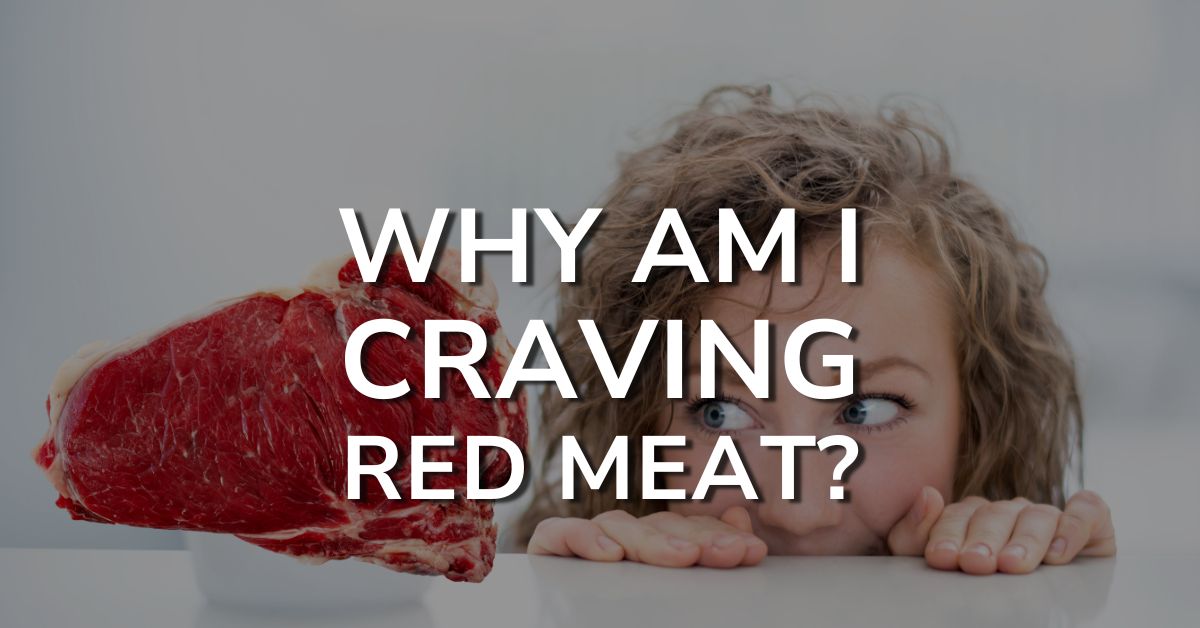Have you ever found yourself daydreaming about a sizzling steak or a juicy burger, even though you just ate a salad for lunch? It’s not just your taste buds throwing a party; there’s more to your red meat cravings than meets the eye. In this article, we’ll dive into the science behind why we crave red meat, and I’ll sprinkle in a few jokes because, let’s be honest, who doesn’t love a good chuckle about chuck steak?
1. Iron: The Heavyweight Nutrient in Red Meat
First and foremost, red meat is rich in iron, specifically heme iron, which is more easily absorbed by the body compared to non-heme iron found in plant sources. Low iron levels can lead to anemia, characterized by tiredness and weakness. If you’re craving red meat, your body might be signaling a need for more iron. It’s like your body is saying, “Hey, I need iron, and while you’re at it, make it medium-rare!”
Iron deficiency is especially common in women of childbearing age and people with dietary restrictions. A study in the Journal of Nutrition highlights the importance of iron in the diet and its role in preventing anemia.
2. Protein and B Vitamins: Building Blocks and Energy Boosters
Red meat is also a fantastic source of high-quality protein and B vitamins, particularly vitamin B12, which is crucial for nerve health and energy production. Craving red meat could be your body’s way of telling you to refuel these vital nutrients. It’s like your muscles are texting your brain, “We need some protein, stat! And throw in a side of B12 while you’re at it.”
A study published in the American Journal of Clinical Nutrition discusses the role of B vitamins in overall health and their prevalence in animal products.
3. The Taste Factor: Why Red Meat Tastes So Good
Let’s not forget the taste factor. Red meat has a unique flavor profile due to its fat content and the Maillard reaction (a chemical reaction between amino acids and reducing sugars that gives browned food its distinctive flavor). Maybe our bodies are just savvy food critics, appreciating the culinary masterpiece that is a well-cooked piece of meat.
A study in Meat Science delves into the sensory attributes that make red meat so appealing.
4. Psychological and Cultural Influences
Our cravings can also be influenced by psychological factors and cultural conditioning. Maybe you grew up in a family where steak was the centerpiece of every celebration, or perhaps it’s the comforting association with barbecues and family gatherings. Sometimes, craving red meat is less about nutrients and more about nostalgia. It’s like your brain saying, “Remember that awesome barbecue last summer? Let’s do that again, but right now.”
An interesting read on the psychological aspects of food cravings can be found in Appetite, an academic journal.
Conclusion
So, next time you’re craving a chunk of red meat, it might be worth considering what your body is trying to tell you. Are you low on iron or protein, or are you just yearning for the taste of a good burger? Whether it’s for nutritional needs or the sheer joy of a flavorful steak, understanding your cravings can be both insightful and delicious.
And remember, while red meat can be a valuable part of a balanced diet, moderation is key. Overconsumption can have its downsides, so enjoy that steak, but maybe don’t turn every meal into a carnivore’s feast!
References
- Beard, J. L. (2003). Iron deficiency alters brain development and functioning. Journal of Nutrition, 133(5), 1468S-1472S.
- Watanabe, F. (2007). Vitamin B12 sources and bioavailability. Experimental Biology and Medicine, 232(10), 1266-1274.
- Frank, D., et al. (2017). Sensory and Flavor Chemistry Characteristics of Australian Beef: Influence of Intramuscular Fat, Feed, and Breed. Meat Science, 129, 95-105.
- Macht, M. (2008). How emotions affect eating: A five-way model. Appetite, 50(1), 1-11.

